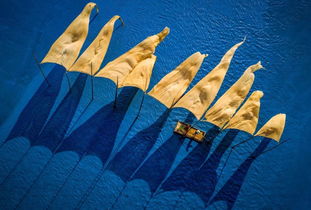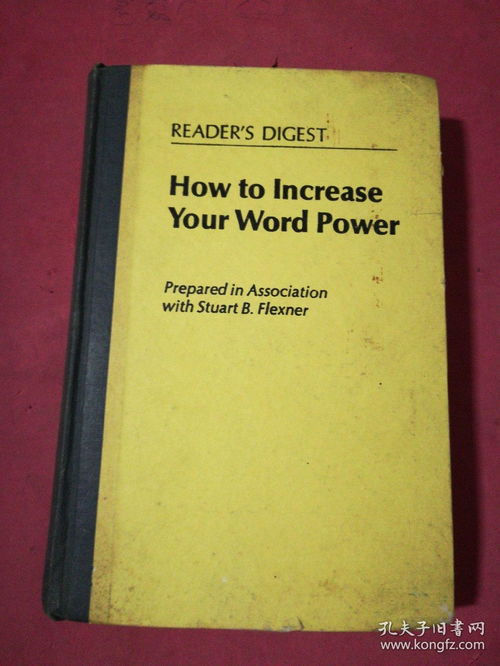Introduction:
Fishing is an age-old pastime that offers relaxation, tranquility, and the thrill of catching a big catch. Among the various fishing techniques, using a spinning rod is a popular choice for both beginners and seasoned anglers. In this article, we will delve into the art of assembling a spinning rod, focusing on the key components and techniques to ensure a successful fishing experience. So, let's get our hooks in the water and learn how to assemble a spinning rod like a pro!
Understanding the Spinning Rod:
Before we dive into the assembly process, it's important to understand the components of a spinning rod. A spinning rod typically consists of the following parts:

- Handle: The grip where you hold the rod.
- Guides: Small rings that guide the line to the reel.
- Reel Seat: The part where the reel is attached.
- Rod Blank: The hollow tube that makes up the majority of the rod.
- Tip: The flexible end of the rod that bends when a fish is caught.
Step-by-Step Guide to Assembling a Spinning Rod:
Gather Your Materials:
Before you begin, ensure you have all the necessary components:
- Spinning rod
- Spinning reel
- Line
- Leader
- Hooks
- Sinkers or floats
- Lures or bait
Attach the Reel:
Place the reel on the reel seat of the rod. Most reels have a built-in anti-reverse mechanism that prevents the reel from spinning backward. Make sure the reel is securely fastened to the rod.
Thread the Line:
Take your main line and thread it through the guides from the tip of the rod to the reel. Ensure that the line runs smoothly through each guide without any twists or kinks.
Attach the Leader:
After threading the main line through the guides, attach a leader to the end of the main line. The leader is a stronger, thinner line that connects the main line to the hook. This provides a cushion for the fish and prevents the main line from breaking when a fish is hooked.
Attach the Hook and Bait:
Attach the hook to the end of the leader. If you're using live bait, thread it onto the hook. For artificial lures, make sure they are securely attached to the hook.
Add Sinkers or Floats:
If you're fishing in deep water or need to cast your bait a long distance, attach sinkers to the line. For fishing in shallow water or when using lighter lures, a float may be more appropriate.
Cast Your Line:
With your rod in hand, position the tip of the rod slightly above the water. Hold the line with your fingers and make a backward sweep with the rod, releasing the line as you move it forward. Practice your casting technique to improve your accuracy and distance.
Tips for Assembling a Spinning Rod:
- Choose the Right Rod: Select a spinning rod that matches the type of fishing you plan to do. Longer rods are better for casting long distances, while shorter rods are more versatile for close-range fishing.
- Use High-Quality Line: A good quality line will last longer and perform better under pressure.
- Keep Your Equipment Clean: Regularly clean your spinning rod, reel, and other equipment to prevent rust and ensure smooth operation.
- Practice Makes Perfect: Like any skill, assembling a spinning rod becomes easier with practice. Spend time learning the process and experimenting with different techniques.
Conclusion:
Assembling a spinning rod is a straightforward process that can be mastered with a bit of practice and patience. By understanding the components of a spinning rod and following the steps outlined in this article, you'll be well on your way to enjoying a successful fishing experience. So, grab your gear, head to your favorite fishing spot, and start assembling your spinning rod to catch the big one!












